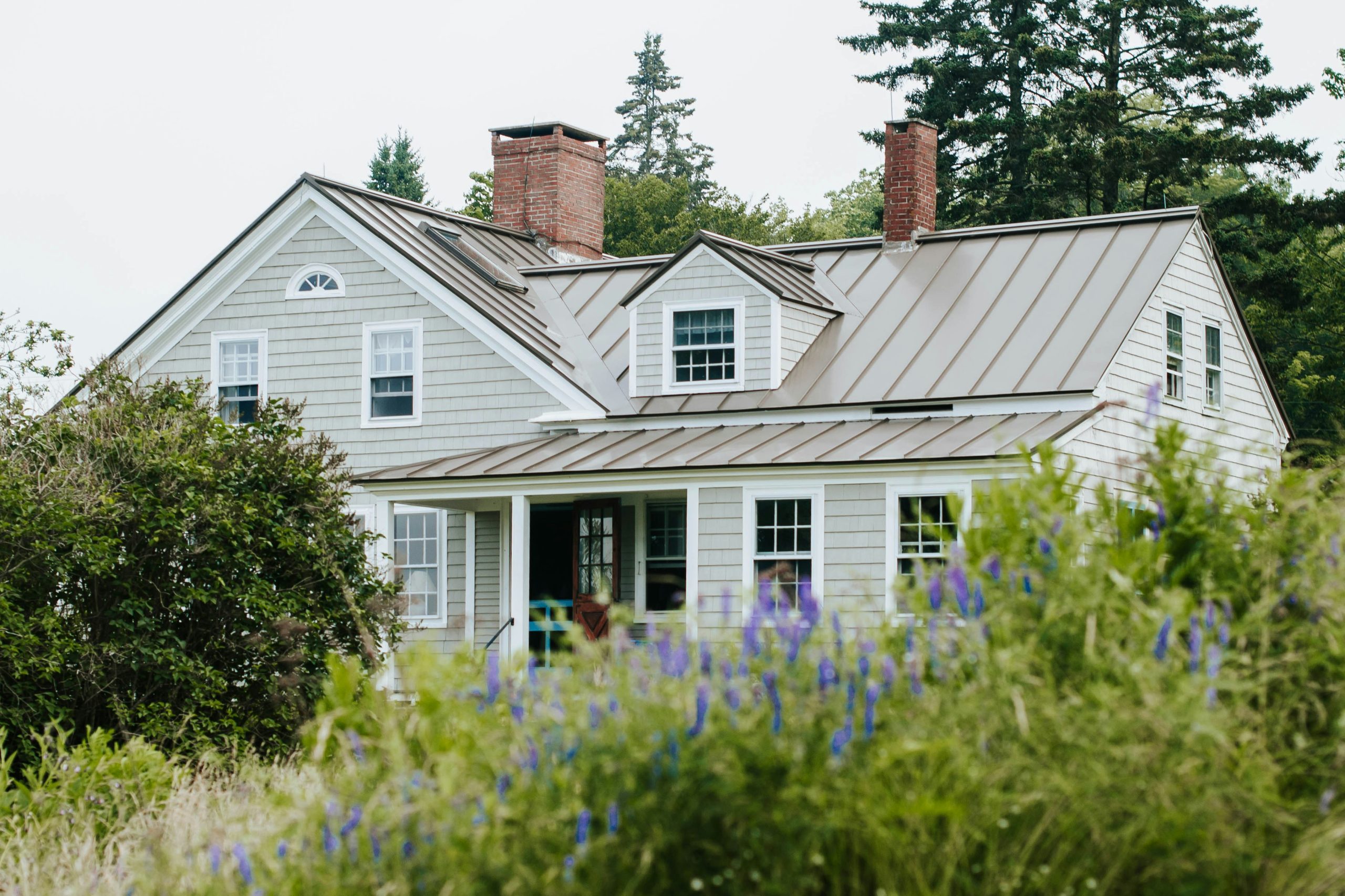Mold is a word that often conjures images of spoiled food—perhaps a loaf of bread with a greenish tint or a piece of cheese that’s begun to grow fuzzy. However, the implications of mold extend far beyond forgotten groceries. In your home, the presence of mold is not just unsightly but also potentially harmful to both your health and the structural integrity of your dwelling.
The serious nature of mold in the home cannot be overstated. To fully grasp the consequences and understand how to address it effectively, it’s crucial to know what mold is, how it grows, and the best strategies for prevention and remediation.
What is Mold?
Mold is a type of fungus, similar in nature to the mushrooms that appear on your lawn after a rainy period. However, unlike mushrooms that are easily spotted, mold can be insidious, thriving on moisture and warmth without immediate detection. Mold spores are constantly present in the air, both indoors and outdoors, and can attach to your clothing or shoes, making their way into your home. Once indoors, these spores seek out moist environments where they can establish colonies.
From the basement to the crawl space, areas that retain moisture are prime targets for mold growth. Once established, mold can rapidly spread through wood products, ceiling tiles, insulation, drywall, and even into furniture and fabrics, leading to extensive property damage and potential health issues for residents.
Health Risks and Property Damage
Exposure to mold can result in a variety of health issues, ranging from mild allergic reactions like sneezing and coughing to more severe conditions such as asthma, sinus problems, and intense skin or eye irritation. For individuals with existing respiratory conditions, like COPD, the presence of mold can exacerbate symptoms and significantly impact their quality of life.
Moreover, mold is incredibly destructive to buildings. As mold colonies grow, they break down and consume the surfaces they inhabit, which can lead to the deterioration of structural elements of your home and the degradation of personal belongings.
Types of Mold
There are over 1.5 million species of mold, but only about 100,000 have been identified. Among these, several types are commonly found in homes:
- Cladosporium: This mold is typically green to black and grows on textiles and wood. It can exacerbate or trigger asthma and hay fever.
- Penicillium: Often found on wallpaper, carpets, and duct insulation, this mold can appear in various colors and is known for spreading easily through the air, potentially causing allergies and asthma.
- Stachybotrys: Known as black mold, this highly toxic mold grows on wood or paper and requires a lot of moisture. It produces mycotoxins that can cause severe respiratory issues and even bleeding in the lungs.
Prevention and Remediation
Preventing mold involves controlling the moisture levels in your home. Use dehumidifiers or fans, and keep windows open when practical to reduce indoor humidity. Simple measures, like fixing leaks and ensuring that water from sinks and showers is contained and surfaces are dry, can also mitigate mold growth.
In instances where mold has taken hold, mold remediation becomes necessary. This process should be handled by professionals. A licensed mold inspector can assess the extent of mold presence through thorough inspections and testing. These specialists, often trained in OSHA guidelines for handling hazardous materials like asbestos, will take swab samples of visible mold and test the air quality to identify spore types and concentrations.
The Role of Home Inspections
Before purchasing a new home or after suspecting mold growth in your current home, hiring a home inspector can be a crucial step. These professionals can conduct comprehensive assessments that include checking for signs of mold and moisture issues. For properties at risk, it’s advisable to have a dedicated mold inspection to ensure the home is safe and to avoid future complications.
Mold is not merely a nuisance; it’s a serious health and safety hazard. Understanding the risks associated with mold in your home and taking proactive steps to prevent or address it can protect your health and safeguard your property. By recognizing the signs of mold growth and acting swiftly to handle it through professional remediation, you can maintain a healthy, safe living environment.
Conclusion: Securing a Healthy Home Environment
In conclusion, the significance of addressing and managing mold in the home cannot be underestimated. Mold is more than a superficial issue—it poses real threats to both health and property, necessitating vigilant attention and proactive measures. Understanding the types of mold and the conditions under which they thrive is crucial for maintaining a safe and healthy living environment. Homeowners must prioritize moisture control and be diligent in their efforts to detect and remediate mold.
Regular home inspections and consultations with mold and asbestos professionals can serve as vital steps in preventing mold-related problems before they escalate. By employing strategies like using dehumidifiers, ensuring proper ventilation, and fixing leaks promptly, you can dramatically reduce the likelihood of mold taking root in your home. Should you face a mold issue, it’s essential to engage certified inspectors and mold remediation experts who can provide a safe and effective solution tailored to your specific situation. Ultimately, the health of your home directly influences the health of its inhabitants, making mold prevention and remediation critical components of responsible homeownership.





